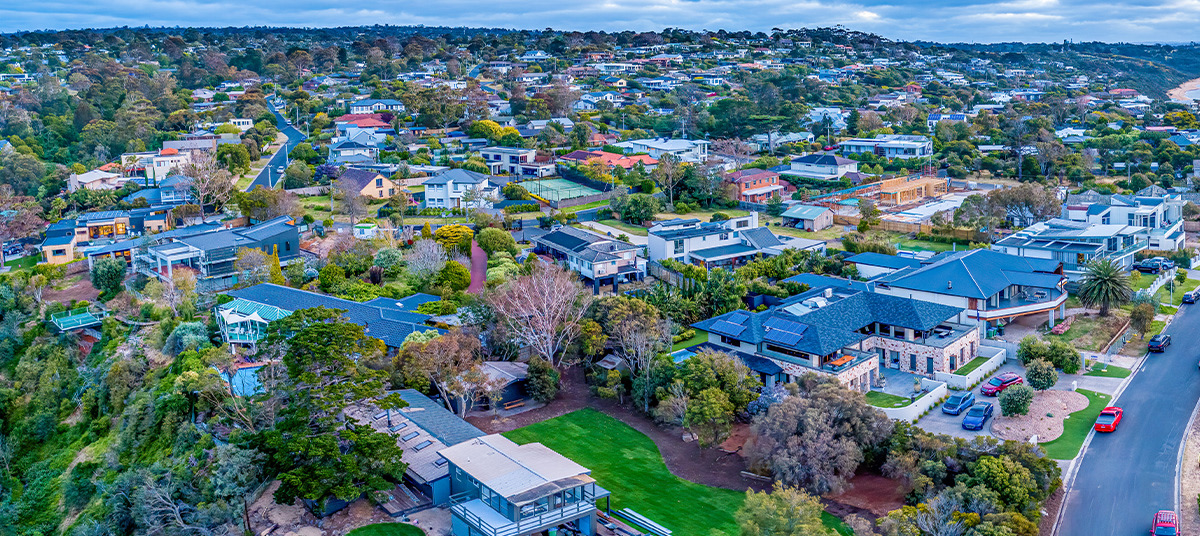
The more expensive segments of the Sydney and Melbourne housing markets will likely benefit most from an interest rate cut, according to CoreLogic.
Lower interest rates could kickstart a recovery in Sydney and Melbourne’s high-end housing markets, which often signal broader market recoveries in those cities, new research from CoreLogic has shown.
The property analytics provider noted relatively expensive markets have historically shown stronger responses to lower cash rates, ahead of the Reserve Bank of Australia (RBA) meeting to discuss a possible rate cut on 17–18 February 2025.
CoreLogic estimated that based on previous periods of rate reductions, national dwelling values would increase an average of 6.1 per cent for each 1 percentage point decline in the cash rate.
Head of research Eliza Owen said: “Certain markets will see a bigger boost from rate reductions than others, and it may be because of market characteristics like price point, location and investor interest.
“Relatively expensive markets have historically shown stronger responses to reduced cash rate settings.”
Owen highlighted houses in Leichhardt, Whitehorse and other inner markets of Sydney and Melbourne as having previously shown the strongest reaction to a reduction in the cash rate.
In Leichhardt, a 1 per cent reduction in interest rates is associated with a 19 per cent increase in house values historically, she said.
“Sydney and Melbourne houses and units seem to have the most to gain from a reduction in interest rates,” Owen added.
“Unit markets with the biggest response to rate falls have a high price point, a high concentration of investment ownership, or both.”
In Brisbane, CoreLogic highlighted that the markets that have historically had the strongest reaction to a reduction in interest rates are also relatively expensive and likely to benefit the most.
The relationship between interest rates and home values is far less pronounced in Adelaide and Perth, making it harder to forecast the impact of a cash rate cut, CoreLogic stated.
Rate cut anticipation builds
All four major banks are forecasting a February cut, after National Australian Bank (NAB) revised its cash rate forecast in January after the release of better-than-expected Consumer Price Index data from the RBA.
At the time, NAB’s group chief executive Alan Oster said the inflation data sets up a “likely downward revision to the inflation profile”.
“This now makes February the most likely starting point for a gradual easing in interest rates,” Oster said.
“While the labour market remains strong, we do not see current conditions as inflationary. However, the RBA’s growing confidence will need to come in part from a reassessment of tightness in the labour market.”
Meanwhile, Bendigo chief economist David Robertson described the chances of a February cut as 80–90 per cent likely in the non-major’s economic update, released on Wednesday (5 February 2025).
As of Friday (5 February 2025), markets are priced at a 95 per cent chance of a February cut.
 Login
Login










JOIN THE DISCUSSION